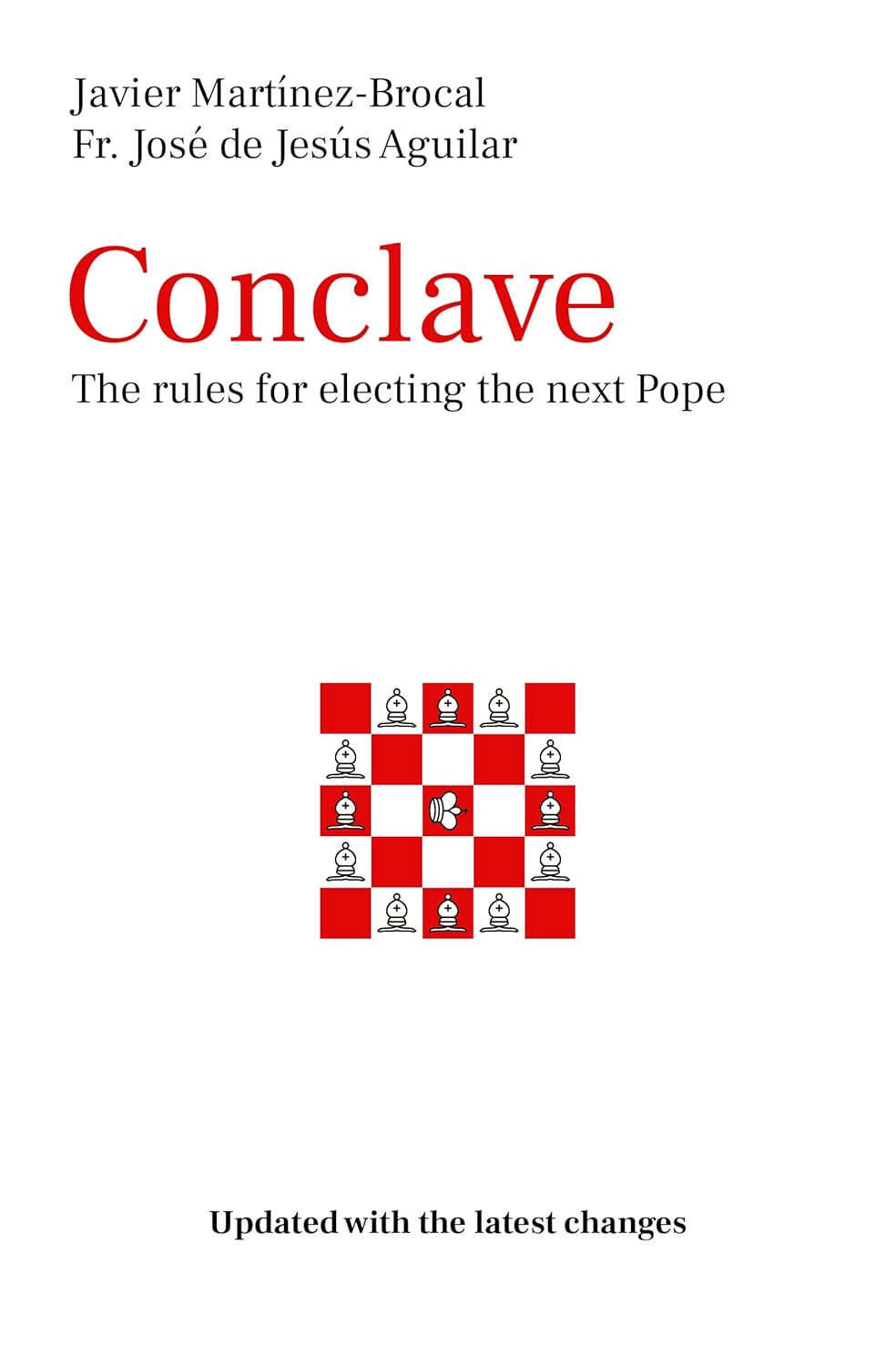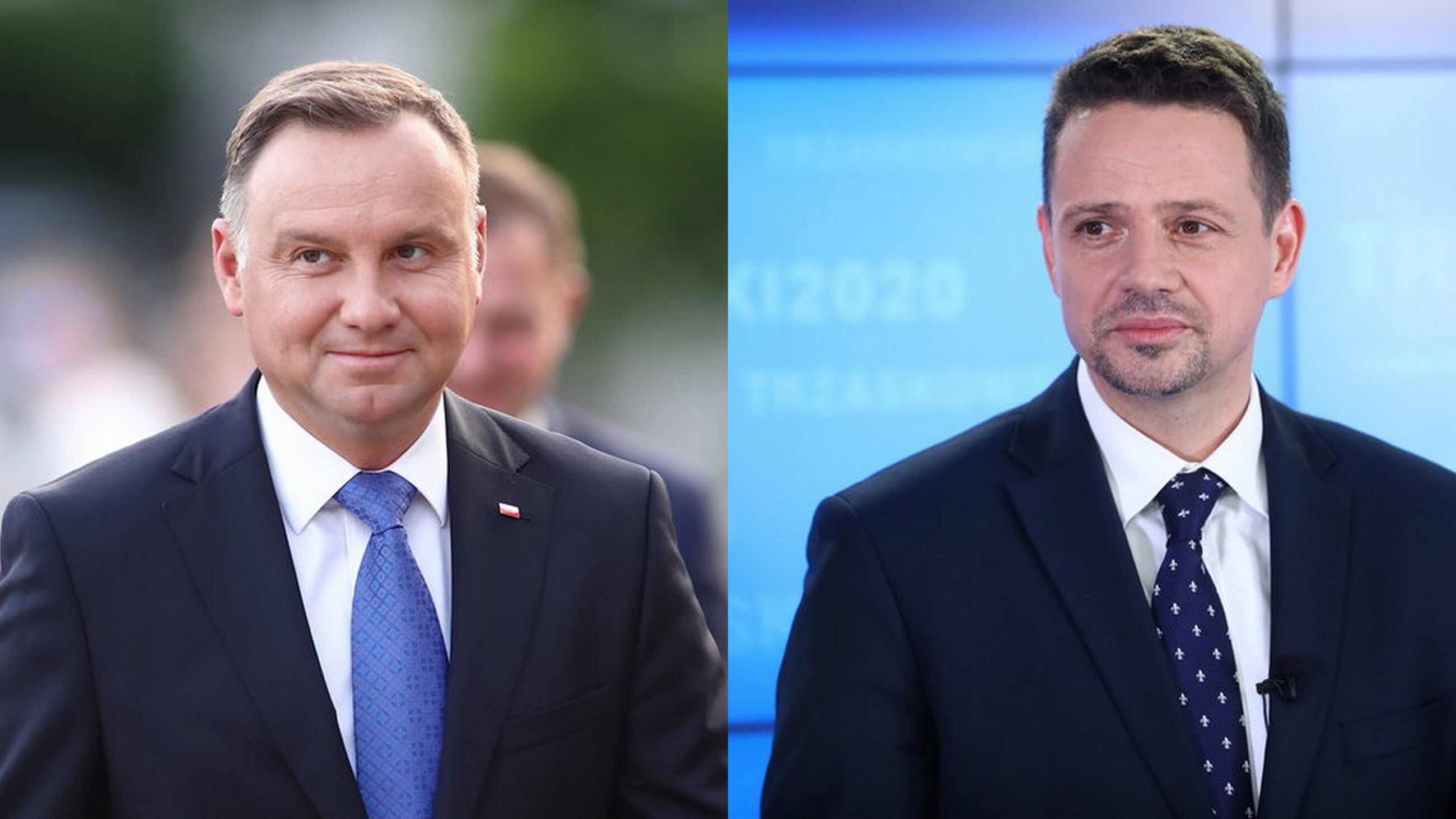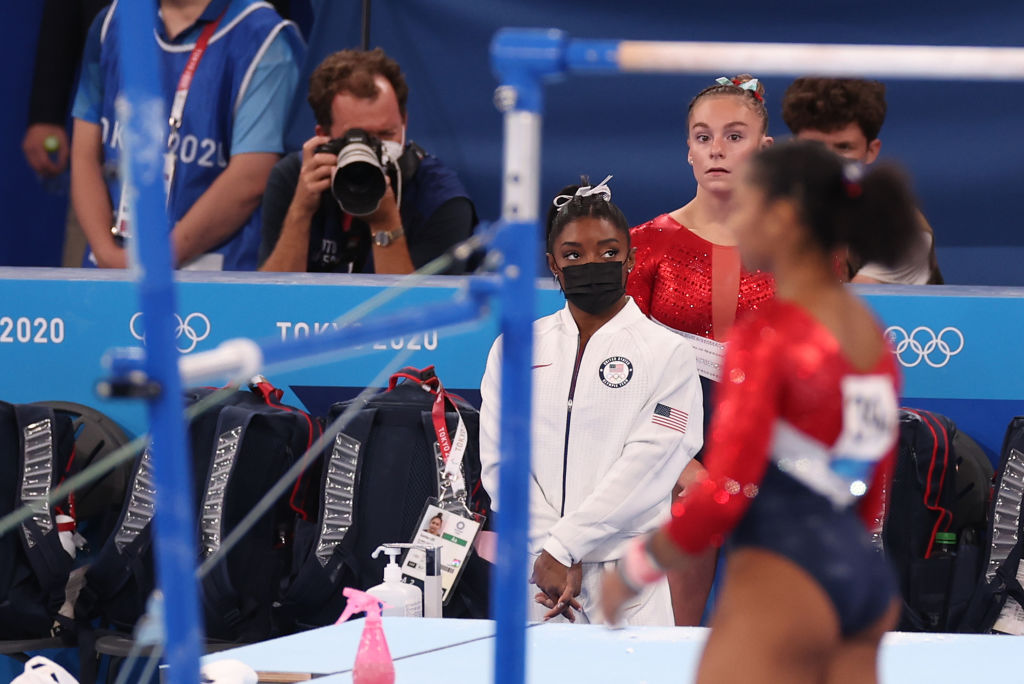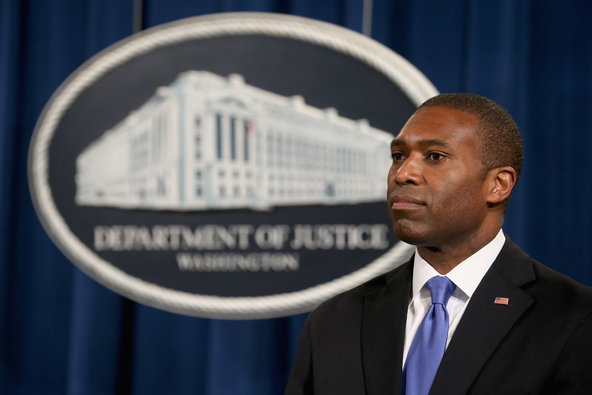Conclave Explained: Electing The Next Pope

Table of Contents
History and Evolution of the Conclave
The Conclave, as we understand it today, is the product of centuries of evolution. Early Papal elections were often chaotic affairs, heavily influenced by political maneuvering and even outright corruption. Powerful families and factions within the Church vied for control, leading to protracted and contentious selections. The process lacked formal structure, resulting in periods of instability and uncertainty within the Papacy.
Over time, the need for a more orderly and less susceptible-to-influence selection process became apparent. The Church gradually implemented formal rules and procedures to govern the election of the Pope. This evolution culminated in the establishment of the Conclave as we know it—a relatively standardized system aiming for a transparent and fair election.
- Early Papal elections: Often characterized by bribery, political pressure, and violence.
- 1179: The Lateran Council III introduced early regulations for Papal elections, laying the groundwork for future Conclaves.
- 1274: The Second Council of Lyons formalized many aspects of the Conclave, including the confinement of cardinals during the election process.
- Key historical Conclaves: The Conclave of 1378, which resulted in the Western Schism, and the Conclave of 1455, which elected Pope Callixtus III, illustrate both the potential for chaos and the increasing efforts towards formalization.
- Evolution of Secrecy: The increasing emphasis on secrecy aimed to minimize external influence and ensure a more focused, spiritual selection process.
The Process of Papal Election: A Step-by-Step Guide
The Papal election is a meticulously orchestrated process. From the moment a Pope dies or resigns (sede vacante), a series of steps leads to the announcement of the new pontiff. The cardinals, members of the College of Cardinals, are the key players in this intricate process.
- Sede Vacante: The period between the death/resignation of a Pope and the election of his successor. During this time, the Church is technically without a head, though the College of Cardinals assumes governance.
- Summoning of Cardinals: Cardinals from around the world are summoned to the Vatican.
- The Consistory: A formal meeting of cardinals with the Pope (if still alive) to discuss important matters. Before a Conclave, the Consistory serves to formally begin preparations.
- The General Congregation: A series of meetings among the cardinals before the Conclave begins. These discussions serve to coordinate and clarify procedural matters and to informally gauge support for potential candidates.
- The Election: Held in the Sistine Chapel, the election involves secret ballots. A two-thirds majority is required for a valid election. Multiple ballots may be cast over several days.
- Habemus Papam!: The triumphant announcement that a new Pope has been elected, marking the conclusion of the Conclave.
The Secrecy and Symbolism of the Conclave
Secrecy is paramount during a Conclave. This secrecy ensures that the cardinals are free to make their decisions based solely on their conscience and their judgment of the candidates' suitability, without external pressure or political influence. The symbolic rituals enhance the solemnity and spiritual significance of the event.
- Secrecy: Designed to prevent outside interference and allow for free and independent decision-making by the cardinals.
- Sistine Chapel: The historical and artistic significance of this venue lends an aura of tradition and spirituality to the proceedings. Its stunning frescoes by Michelangelo serve as a powerful backdrop for this momentous event.
- Smoke Signals: Black smoke signals an inconclusive ballot, while white smoke signifies the election of a new Pope. This simple visual cue connects the secretive proceedings to the outside world.
- Latin: The traditional use of Latin reinforces the historical and religious context of the Conclave.
- Master of Ceremonies: This official oversees the procedural aspects of the Conclave, ensuring the smooth and orderly conduct of the election.
The Challenges and Controversies Surrounding the Conclave
While the Conclave represents a vital tradition, it has not been without its criticisms. Concerns exist regarding transparency and the possibility of political influence, despite the efforts to minimize these factors.
- Transparency: Calls for greater transparency in the Conclave process are ongoing, although the importance of maintaining secrecy to preserve the integrity of the election remains a central concern.
- Political Influence: The potential for political maneuvering continues to be a point of discussion. Ensuring the selection is guided primarily by spiritual considerations is a continuous challenge.
- Inclusivity and Diversity: Calls for a more inclusive and diverse College of Cardinals reflect a broader push for greater representation within the Church's leadership.
- Modernizing the Conclave: Suggestions for modernizing aspects of the Conclave, while preserving its essential elements, are frequently debated.
Conclusion
The Conclave, a complex and fascinating process, is crucial to the continuity and leadership of the Catholic Church. Understanding its history, procedures, and symbolism provides valuable insight into the inner workings of this significant institution. While shrouded in secrecy, the Conclave represents a vital moment of transition and decision-making for billions of Catholics worldwide. To learn more about the intricacies of Papal elections and the significance of the Conclave, further research into the history and practices surrounding this event is recommended. Delve deeper into the fascinating world of the Conclave and its enduring impact on the Catholic Church. Explore further the intricacies of the Papal Conclave and its historical significance. Understanding the Conclave election process is crucial for grasping the workings of the Catholic Church.

Featured Posts
-
 Ranking Zaufania Ib Ri S Dla Onetu Trzaskowski Na Czele
May 07, 2025
Ranking Zaufania Ib Ri S Dla Onetu Trzaskowski Na Czele
May 07, 2025 -
 Conheca A Dina De The Last Of Us 10 Filmes De Isabela Merced
May 07, 2025
Conheca A Dina De The Last Of Us 10 Filmes De Isabela Merced
May 07, 2025 -
 Laguneras Triunfan En El Torneo De Gimnasia De Simone Biles
May 07, 2025
Laguneras Triunfan En El Torneo De Gimnasia De Simone Biles
May 07, 2025 -
 El Torneo De Simone Biles El Exito De Las Gimnastas Laguneras
May 07, 2025
El Torneo De Simone Biles El Exito De Las Gimnastas Laguneras
May 07, 2025 -
 Xrp Up 400 In 3 Months Should You Invest Now
May 07, 2025
Xrp Up 400 In 3 Months Should You Invest Now
May 07, 2025
Latest Posts
-
 Nba Playoffs Alex Carusos Historic Performance In Thunders Game 1
May 08, 2025
Nba Playoffs Alex Carusos Historic Performance In Thunders Game 1
May 08, 2025 -
 Caruso Makes Nba Playoff History In Thunders Game 1 Win
May 08, 2025
Caruso Makes Nba Playoff History In Thunders Game 1 Win
May 08, 2025 -
 Alex Carusos Playoff History Thunder Game 1 Victory
May 08, 2025
Alex Carusos Playoff History Thunder Game 1 Victory
May 08, 2025 -
 110 Potential Why Billionaires Are Investing In This Black Rock Etf In 2025
May 08, 2025
110 Potential Why Billionaires Are Investing In This Black Rock Etf In 2025
May 08, 2025 -
 Wall Street Predicts 110 Gain The Black Rock Etf Billionaires Are Buying
May 08, 2025
Wall Street Predicts 110 Gain The Black Rock Etf Billionaires Are Buying
May 08, 2025
